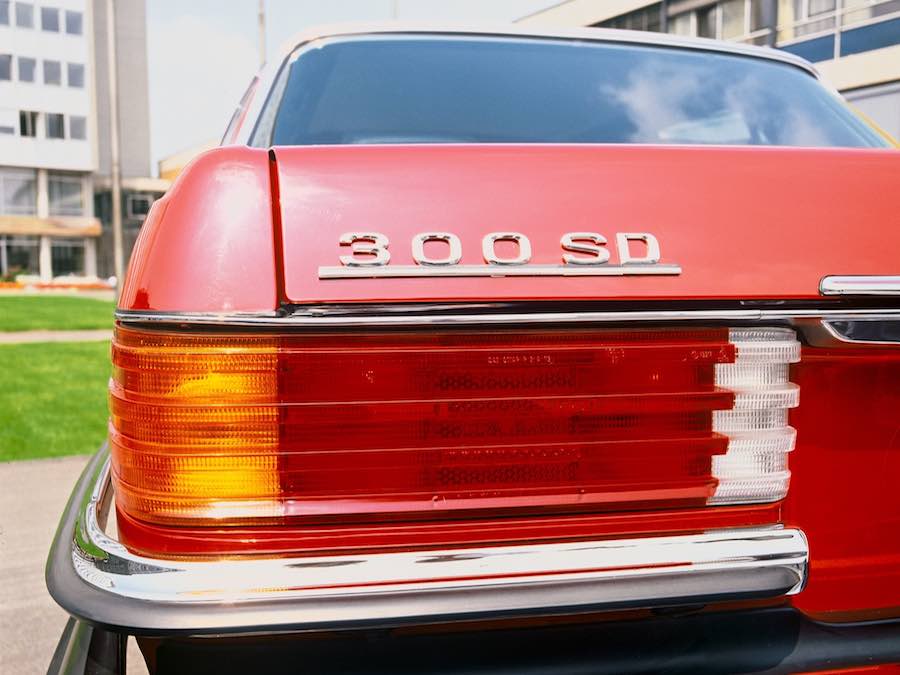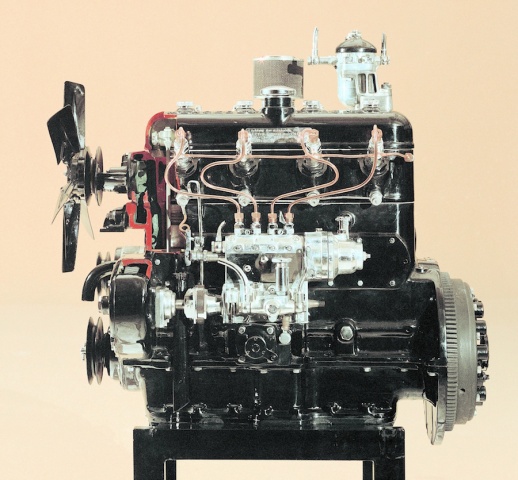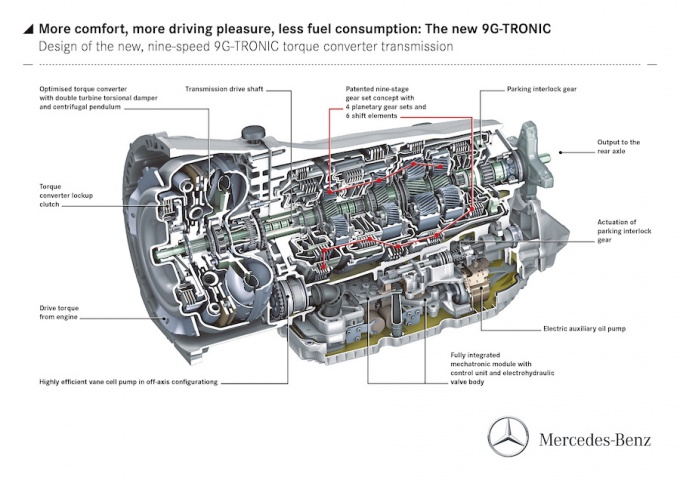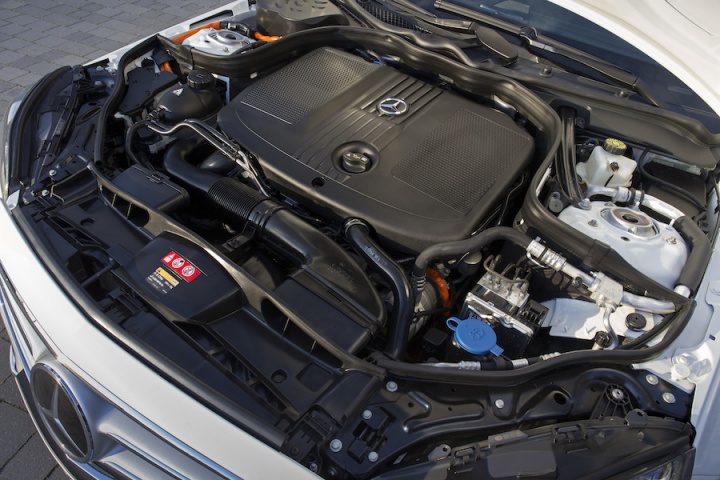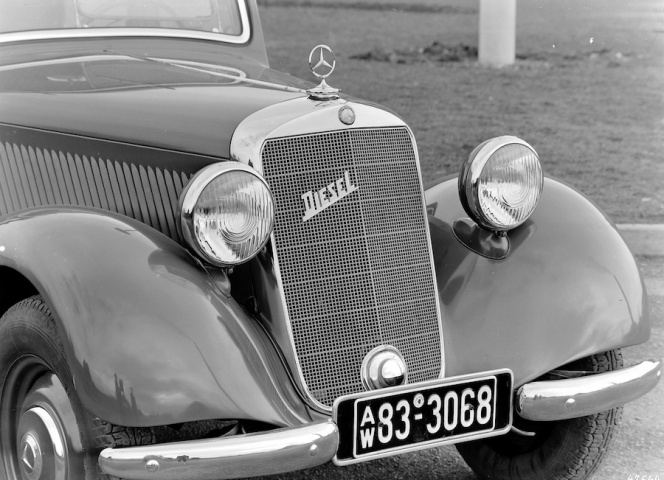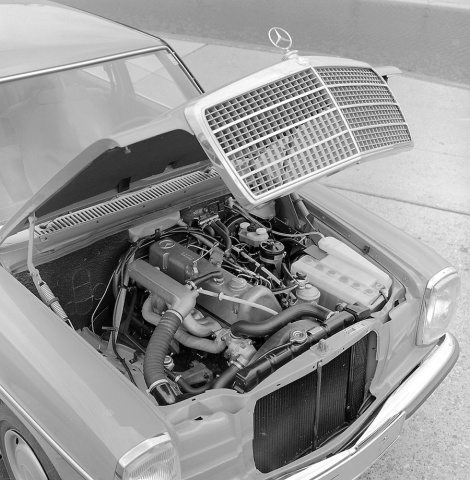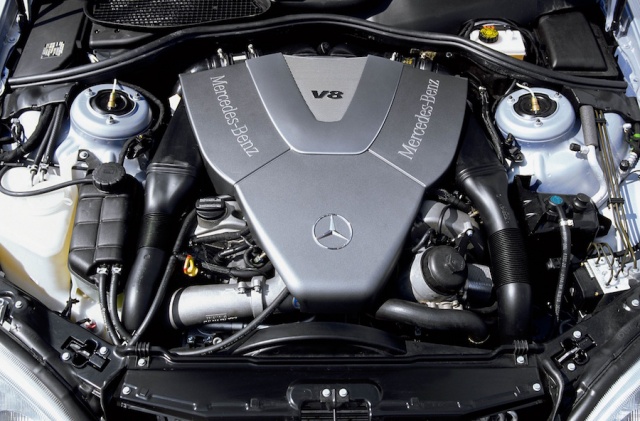Did you know that Mercedes-Benz has been making diesel passenger cars for 80 years? Yup, that's right - eight decades, with the 260 D of 1936 heralding the start of a long love affair between the company that patented the motor car and Rudolf Diesel's brainchild. Here's a look back at the development over the years:
1936: Mercedes creates the 2.5-litre 260 D, the world's first ever passenger car powered by the black stuff (no, not Guinness). Delivering an astonishing 45hp and capable of around 10 litres/100km, it's still much more economical than its petrol equivalents. It's not clear if it can be run on scavenged chip fat, though.
1949: Now we've got the 170 D. Makes 98Nm. Rice pudding skins the world over quiver in fear. Takes a while until Mercedes has another crack at diesel.
1974: Another first, as the five-cylinder, 3.0-litre 240 D enters the world, with 80hp and 175Nm of torque. No car has ever been launched with five cylinders before, although people tend to remember the Audi quattro of the 1980s for this feature, more than the poor old 240 D.
1978: A major breakthrough, as a turbo is added to give 115hp in the 300 SD, another five-cylinder engine. Strangely, Mercedes doesn't sell this in its homeland, instead choosing a country that - to this day - remains strangely hostile to diesel: the US.
1980: Turbocharging comes home, with the 300 TD installed into the S123 generation of Mercedes. And it's about time.
1985: Beating other companies by a good 20 years, the 300 SDL - another American model - features a diesel particulate filter to make its exhaust emissions less sooty. By which, we don't mean ‘less like a yellow hand-puppet bear'.
1993: Four-valve diesel technology makes an appearance. Interests no one in particular.
1995: Mercedes adds direct injection into the E 290 Turbo Diesel. Another game-changer. Another invention that goes unheralded by the wider world. What, you don't care about intricate diesel technology? What's wrong with you people?!
1997: Common-rail injection, the technology that has made diesel the acceptable fuel it is today, comes in. Bar-room bores can now tell you that, because CRI runs at incredible pressure, it would take your hand clean off if you (somehow) put it in the way of the utterly sealed-in injectors.
2000: Most powerful diesel passenger car in the world is the monster S 400 CDI, which has a 250hp V8 capable of 560Nm. Worth about €3,000 nowadays, if you can find one.
2003-2004: Loads of boring stuff about particulate filters and Euro 4 emissions standards.
2006: BlueTEC Mercedes diesels are so clean, their exhaust emissions match petrol engines for saintliness. Once again, this technology was first launched in the States, much to Europe's chagrin.
2009: Selective Catalytic Reduction makes an appearance, making Mercedes EU6 compliant well before time. SCR requires AdBlue to function. AdBlue is refined from pigs' piss. Nice.
2011: Nanoslide cylinder liners debut in the V6 Mercedes diesels. Nanoslide sounds like a theme park ride about tiny robots that can fix things.
2012: Diesel meets electric in the E 300 BlueTEC Hybrid. Two fearsomely expensive technologies, then, come together in order to save you a few Euros at the fuel pumps. Oh, the irony!
2014: Steel pistons make their debut in the E 350 BlueTEC, which allows... oh, sorry. You appear to have nodded off.

